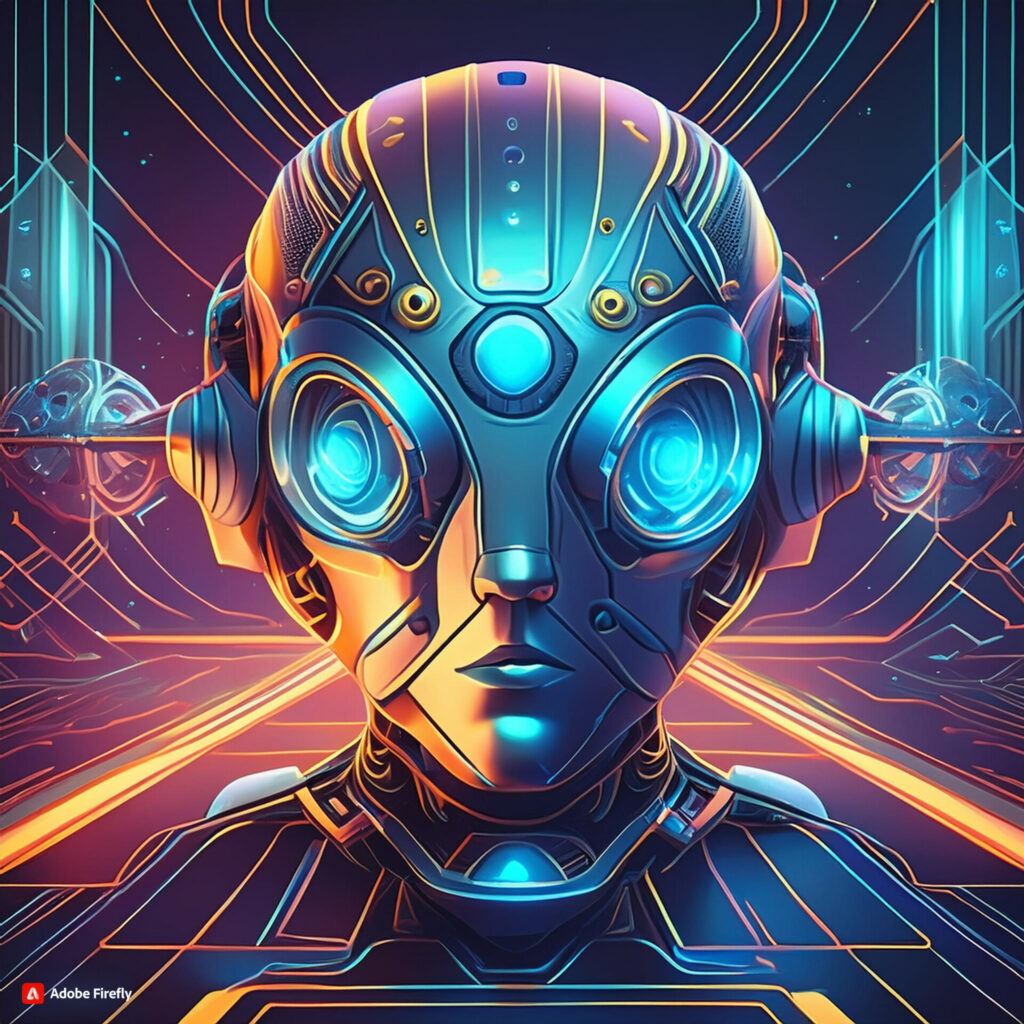The article that follows is concerned with the future of augmented reality software and its applications besides gaming and entertainment.
AR in Healthcare
This technology is allowing medical students to visualize complex anatomical structures, thus aiding accurate surgeries and procedures. For example, AR-guided surgery improves upon this precision by overlaying digital information on top of a patient’s body. Also, some AR apps are being developed to aid doctors in guiding patients through self-examinations and minor procedures remotely.
AR in Education
AR has turned the educational scene into an environment where learning experiences are immersive, engaging students while at the same time promoting understanding. By bringing abstract concepts to life, AR allows interactive and hands-on learning. In their classrooms, for instance, students can be able to access virtual 3D modeling of solar system bodies as well as dissect specimens in an online lab or even view historical events taking place. Moreover, individualized learning experiences for special needs learners are also provided through inclusive education that is facilitated by AR.
AR in Retail and E-commerce
Augmented reality forms one of the tools used by retailing and e-commerce sectors towards personalizing shopping experiences more effectively. It helps customers see products from their perspective before buying them hence reducing hesitation and increasing contentment. To demonstrate that furniture will look good when placed inside someone’s house, some furniture shops have made available AR programs. On another note, fashion brands allow customers to virtually try clothes on using AR to know how they fit or appear on them physically without actually putting those garments on This helps improve customer satisfaction plus it saves on refunds too which ultimately increases sales turnover.
AR in Manufacturing and Maintenance
Using augmented realities in manufacturing industries helps streamline operations making them more effective. These applications provide live data feeds that guide workers thereby ensuring fewer mistakes are made while improving productivity levels over time. By overlaying assembly instructions onto physical components using AR technologies workers’ tasks become more accurate and thus happen precisely. In terms of maintenance, AR facilitates the visualization of the internal functioning of machinery and equipment allowing technicians to recognize problems easily as well as follow step-by-step repair instructions. This way it enables experts to guide workers on site through complex procedures.
AR in Real Estate and Architecture
Immersive visualization is transforming planning, design, and sales processes for real estate and architectural industries through augmented reality technologies. Clients can explore designs within a real-world context before construction begins by viewing interactive 3D models created using AR technology by architects. On the other hand, potential property buyers can take virtual tours of homes they intend to buy, visualize renovations, or view how different pieces may appear in their future abodes with the help of AR technologies used in their smartphones. The technology helps clients make informed decisions and accelerates the sales process.
AR in Tourism and Navigation
The AR technology has made the tourism and navigation sectors benefit by creating better experiences for travelers. Through AR applications, users can access smart guides that project historical facts, centers of interest, or any point even directions in the real world. AR allows tourists to take virtual tours of cities, get educated on ancient buildings, and find new places to visit. For instance in commerce, augmented reality provides up-to-date navigation as well as providing information about one’s current location thus making it easier for one to go anywhere he/she wants when he is not familiar with his/her surroundings. This technology enhances travel experiences by ensuring that users have relevant information at their fingertips.
Conclusion
Finally, there is much more to augmented reality software than just gaming and entertainment purposes. It means that augmented reality becomes a true game changer in many other industries ranging from the healthcare and education sector to the food service industry with manufacturing companies or real estate platforms that continuously interact with their customers globally. As technology advances further, the reach of AR shall broaden bringing forth progressive systems and fresh prospects within different fields such as mechanical engineering or trading. Thus businesses should adopt this technology and utilize it effectively to lead other rivals in an attempt to win a market competition by delivering value for all its stakeholders on time. Thus augmented reality will have a considerable impact on diverse areas of our lives.




